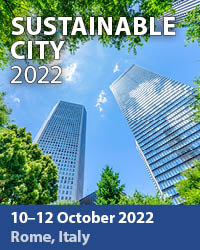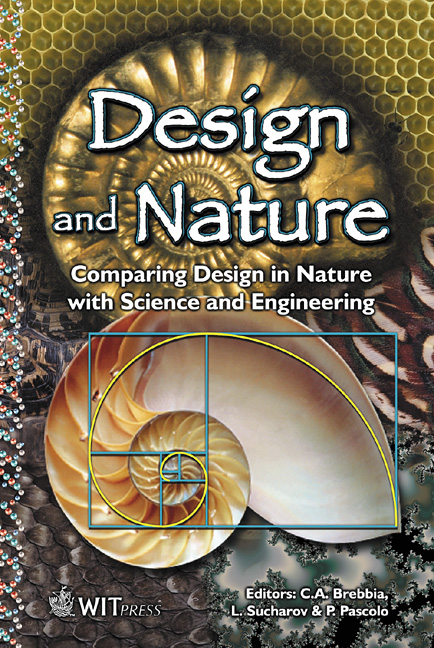Theory And Simulation Of Texture Formation In Chiral Nematic Liquid Crystals: Applications To Biological Fibrous Composites
Price
Free (open access)
Transaction
Volume
57
Pages
Published
2002
Size
538 kb
Paper DOI
10.2495/DN020261
Copyright
WIT Press
Author(s)
G. De Luca & A. D. Rey
Abstract
Theory and simulation of texture formation in chiral nematic liquid crystals: Applications to biological fibrous composites G. De Luca & A. D. Rey Department of Chemical Engineering, McGill University, Canada. Abstract Numerous studies [1-3] have shown that biological fibrous composites share common properties with liquids crystals, e.g., compacted assemblies, partially ordered structures, and more or less fluid states. In addition, living structures have the tendency to assemble in three-dimensional lattices very similar to the one found in condensed matter. For all these different reasons, the theory developed for liquid crystalline material is potentially helpful to understand the formation mechanisms of biological structures. As handness is a rule in nature, biological materials appear naturally to be non-fluid analogues [l-21 of chiral nematics liquid crystals also usually referred as cholesterics. The planar and the cylindrical twist are the two major cholesteric-like arrangements commonly found in biological fibrous composite structures. In this work, the formation process of the planar twist architecture is numerically investigated using a mesoscopic model based on the Landau-de Gennes theory of chiral nematic liquid crystals. The simulations and visualizations of the computed textures provide new information on some of the principles that govern the formation of biological fibrous composites. In particular, it is found that a defect-free planar twist architecture arises when the structure develop on a smooth supporting medium. The mechanism involved in this process is identified as a front propagation process with a fully relaxed wake.
Keywords





